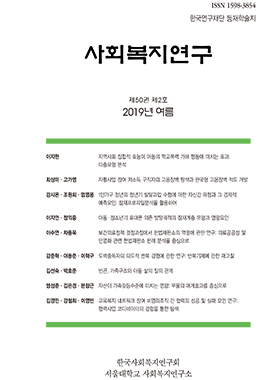본 논문은 복지정책 결정과정에서 대통령, 행정부, 국회, 정당, 시민단체 등만을 분석대상으로 해 온 기존 연구의 한계를 지적하고, 헌법재판소를 보건의료정책 결정과정의 주요 행위자로 포함시켜 분석하였다. 보건의료정책결정과정에서 헌법재판소 역할을 밝히기 위하여 김영삼정부에서 이명박정부까지 관련 헌법재판소 판례 24건을 분석하였다. 분석결과 헌법재판소는 의료공공성 강화를 주장하는 위헌소송에 대해서 기각판결을 내리고 있어 기존의 경제성장주의 도그마를 넘어서 적극적으로 복지를 강화시키는 정책주도형 법원으로서의 역할을 수행하지는 못하였다. 또한 의료민영화를 주장하는 일부 소송에 대해서는 위헌판결을 내림으로서 그들의 손을 들어주었으나 대부분의 소송에서 기존 법률의 의료공공성 기반을 치명적으로 약화시키지 않는 판결을 내림으로서 정부 민영화 정책을 견제하는 역할을 했다
This paper points out the limitations of previous researches, having focused only on the roles of the President, the Administration, the National Assembly, the political parties and the civic groups in the decision-making process of the welfare policy, and includes the Constitutional Court as the main actor in the decision-making process of healthcare policy. To find out the role of the Constitutional Court in the decision-making process of healthcare policy, relevant 24 cases selected during the period between the Kim Young-sam administration and Lee Myung-bak administration are analyzed. As the analysis shows, the Constitutional Court has rejected the unconstitutionality lawsuits calling for enhancing the public healthcare services, failing to play its role as the Dynamic Court that places public health prior to economic growth. The Court has also agreed with lawsuits claiming privatization of healthcare service by declaring relevant laws unconstitutional, but for the most of the cases, the Court has ruled laws constitutional not to undermine the public foundation of healthcare policy and has served as a check for administrations’ privatization-oriented policies.


